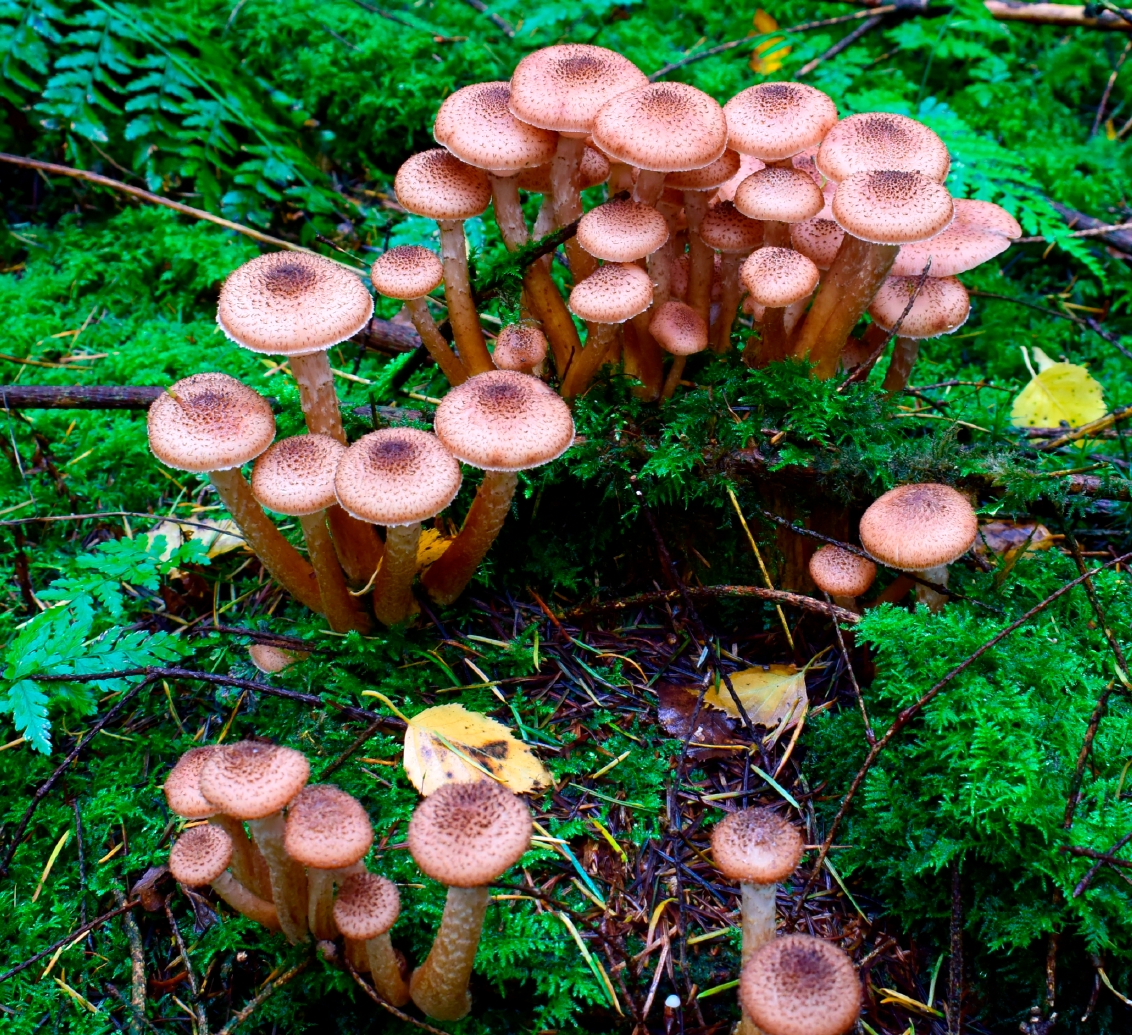
One of the world’s oldest and biggest inhabitants – a honey fungus – has spread tremendously. Scientists from the University of Missouri in the US have studied a famous honey fungus, Armillaria gallica, which grows in the state of Michigan, stretching across an underground area of 0.75km2 – corresponding to more than 100 soccer fields.
The fungus was discovered by the same scientists back in the 1980s, when they estimated it to be around 1,500 years old. Now, they have
monitored the fungus for three years, revealing that it is twice as large as the original estimate. Moreover, the scientists think that the fungus must be at least 2,500 years old, based on how quickly it is growing.
The scientists also studied how often genetic mutations take place in the fungus, finding them to be surprisingly rare when compared to other organisms such as plants and animals, perhaps the reason why the fungus has lived for so long and grown so big. According to the scientists, the low mutation rate might be due to the fact that most of the fungus is located under the ground and so is protected from ultra-violet solar radiation, the cause of many mutations.
In Washington and Oregon, biologists have discovered other honey fungi covering even larger areas, such as an Armillaria ostoyae which takes up almost 10km2. According to calculations, if removed from the ground and weighed, it would tip the scales at over 7,500 tonnes — the world’s heaviest organism.






